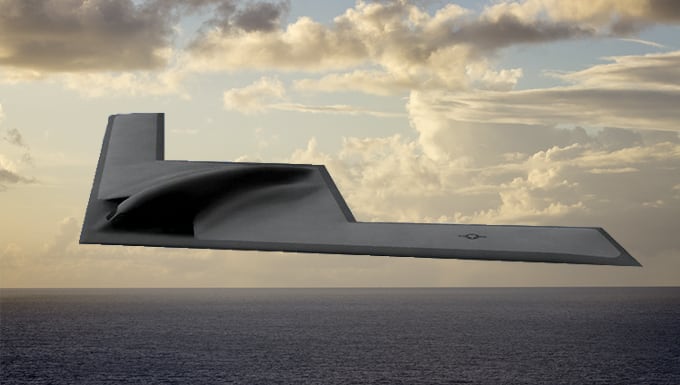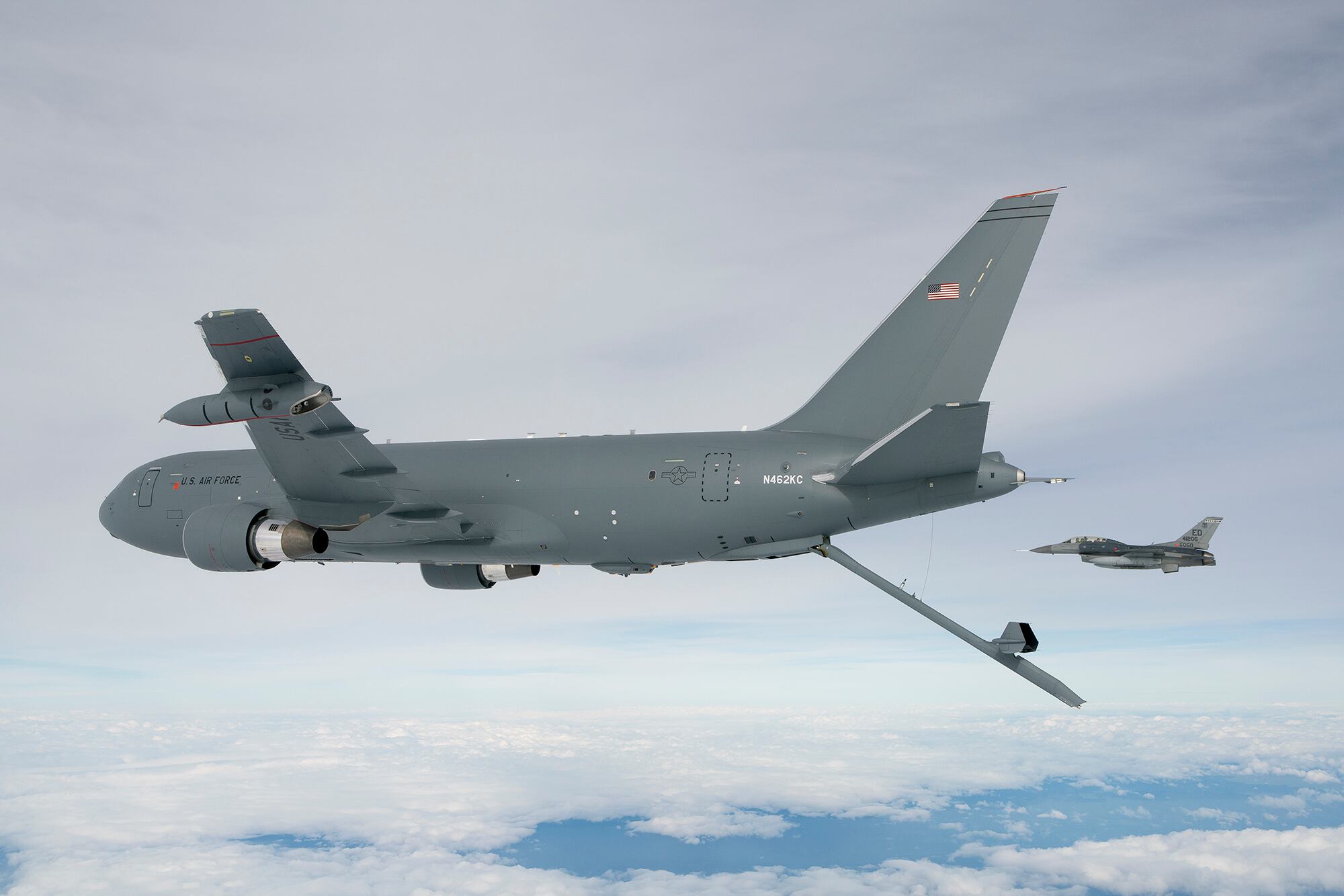WASHINGTON — As the U.S. Air Force looks to increase the size and capability of its aircraft inventory, the service should assess the possibility of using drones as a low-cost and highly available alternative to manned airplanes, posits a new study by the Center for Strategic and International Studies.
The CSIS report, which was obtained by Defense News and other news outlets ahead of its Oct. 29 release, compares three recent congressionally mandated studies on the Air Force’s future force structure by the Center for Strategic and Budgetary Assessments think tank, the federally funded research organization MITRE Corp. and the service itself.
RELATED

All three studies were broadly supportive of retaining existing unmanned aircraft, or as the Air Force terms them, Remotely Piloted Aircraft or RPAs. However, the CSIS report makes the case that the low cost and high mission capable rate of RPAs like the MQ-9 Reaper or RQ-4 Global Hawk merits more attention when making future force planning.
“I think we need a roadmap for RPAs in terms of what are the new missions that we can begin to transition over to RPAs and some new operational concepts for how we use them,” CSIS senior analyst Todd Harrison told reporters at a Oct. 28 briefing.
“I say this more from a cost perspective and a readiness perspective because our RPA fleet stands out from the rest of the Air Force in that it costs a lot less to operate [them] and we utilize them much more,” he said. “We need to leverage that. That’s a strength that we need to double down on.”
Harrison pointed to two data points supporting a wider use case for RPAs.
Despite clocking in the highest number of flight hours per airframe, drones boast some of the highest mission capable rates in the Air Force’s inventory, averaging near 90 percent for the MQ-9 and its predecessor, the MQ-1, and around 75 percent for the RQ-4 Global Hawk.
Those aircraft are also cheap to operate, with some of the lowest costs per flying hour or total ownership costs in the inventory, Harrison said.
The Air Force, MITRE and CSBA studies provide solid support for keeping the Air Force’s current RPA force.
The Air Force’s study, which proposes a growth to 386 total operational squadrons, would add two squadrons of unmanned strike aircraft, although it does not say what kind of aircraft should be acquired. It also recommends an increase of 22 squadrons of aircraft devoted to command and control or the intelligence, surveillance and reconnaissance mission sets, but does not provide a breakdown of what specific capability gaps need to be addressed or whether they could be filled by unmanned aircraft.
The MITRE and CSBA study, by contrast, advocate retaining the current inventory of MQ-9 Reapers and RQ-4 Global Hawk surveillance drones. CSBA also recommends the procurement of a new, stealthy MQ-X drone that could be used for strike, electronic attack and other missions in a contested environment.
Despite the broad support, the three studies do not necessarily portend a wider acceptance or demand for unmanned aircraft in the next budget, Harrison said.
“I wouldn’t count on it happening that soon. I think this is a wider term change that’s going to be needed. Part of it is a cultural change within the Air Force and part of it requires some real strategic thinking about what are the types of missions where unmanned is going to make sense and how do we best leverage those,” he said.
“The RPAs that we have today, they didn’t come about overnight. They evolved. A lot of the time they faced a lot of institutional resistance, but they proved themselves. They proved themselves valuable in the kind of fights that we’ve been in in the past 20 years.”
One mission area that could be flown by unmanned aircraft in the future is aerial refueling, Harrison said. The Navy in 2018 awarded Boeing a contract to produce an unmanned carrier-based tanker drone known as the MQ-25. That aircraft, like all Navy planes, will use the simpler probe and drogue for refueling.
RELATED

Refueling via a rigid boom, as utilized by Air Force tankers, makes for a more challenging development, but the remote vision system on Boeing’s KC-46 tanker — which allows the boom operator to steer the boom using a series of cameras as his or her only visual cue — is a step in the right direction, he said.
Another potential area for expanded RPA use could be the development of low-cost drones that can be flown in swarms or as “loyal wingmen” to manned aircraft, the CSIS report stated. These “attritable” aircraft can be expended during a conflict without making an adverse impact on the mission or putting human pilots at risk.
Valerie Insinna is Defense News' air warfare reporter. She previously worked the Navy/congressional beats for Defense Daily, which followed almost three years as a staff writer for National Defense Magazine. Prior to that, she worked as an editorial assistant for the Tokyo Shimbun’s Washington bureau.






